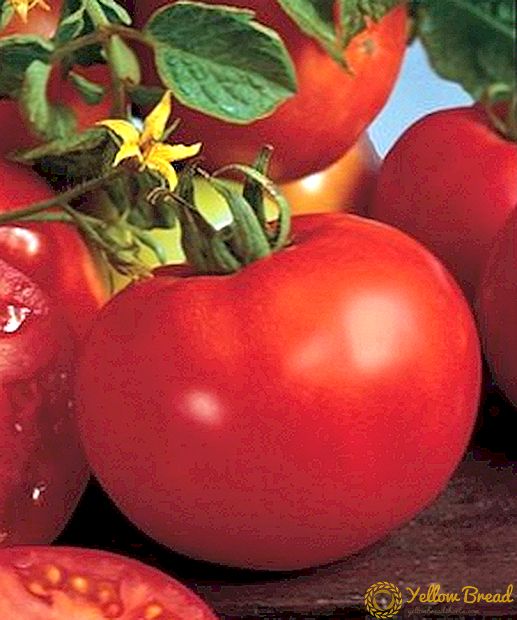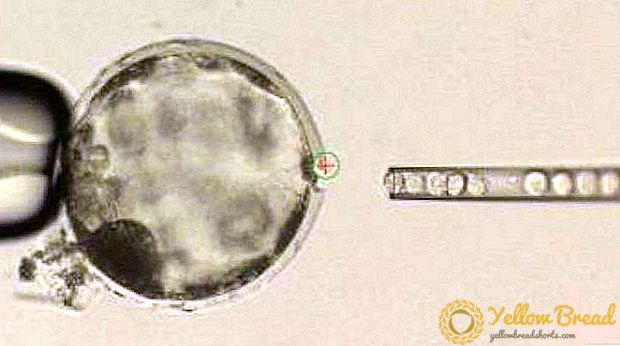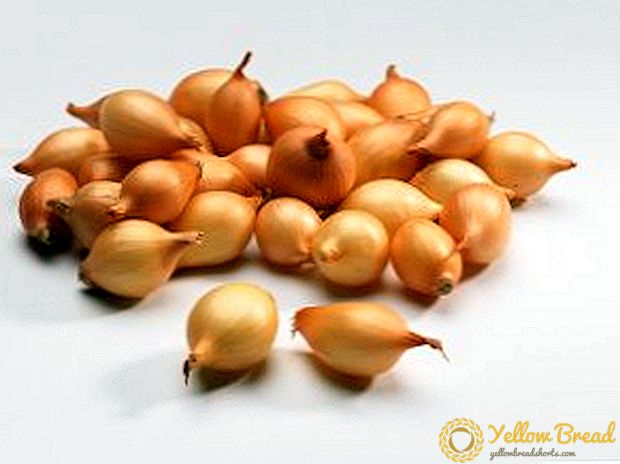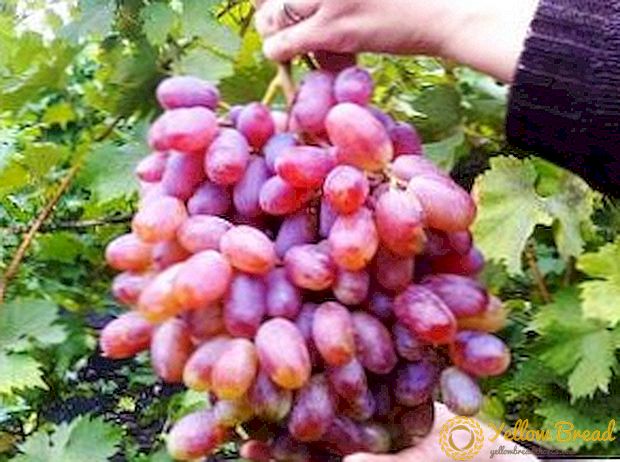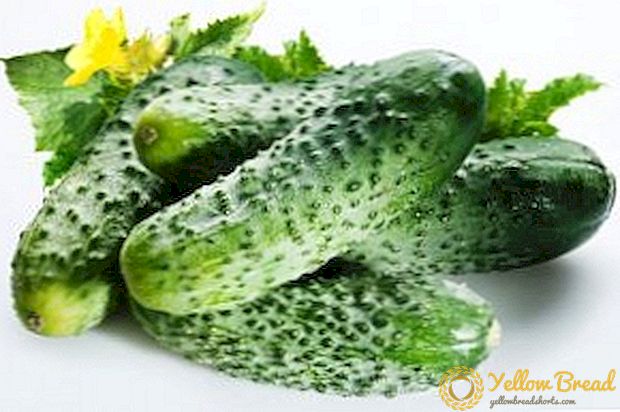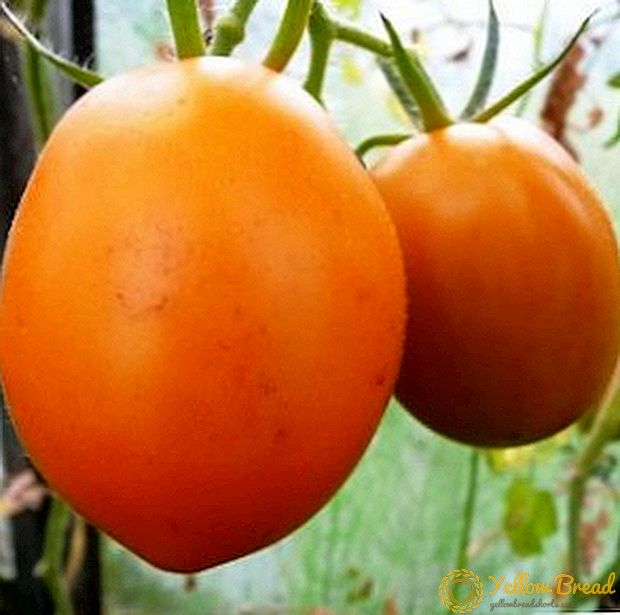 Modern poultry has long left behind traditional methods of growing and breeding poultry, opting for more cost-effective and less costly methods. The value of the incubator in the industrial production of poultry products and in the household can hardly be overestimated, therefore, without listing all the benefits and advantages, we will immediately turn to practical guidelines.
Modern poultry has long left behind traditional methods of growing and breeding poultry, opting for more cost-effective and less costly methods. The value of the incubator in the industrial production of poultry products and in the household can hardly be overestimated, therefore, without listing all the benefits and advantages, we will immediately turn to practical guidelines.
- Selection and storage of eggs
- Terms and conditions for incubation
- Growing goslings
- Egg incubation mode
- Timing of hatching chicks
Selection and storage of eggs
The “correct” egg must correspond to several parameters that can be assessed during the initial visual inspection (shell quality, size, freshness and storage conditions) and when using an ovoscope (position of the air chamber, yolk contour, microcracks and unfertilized yolks).  Pay attention to:
Pay attention to:
- Shell structure. The shell should be smooth, dense, with no visible defects. Thin, rough shells are a sign of a lack of calcium, the pores on its surface are enlarged and permeable to pathogenic bacteria and fungal spores. When lightly tapping the eggs together, there should be a ringing sound.A dull sound is a sign of damage to the shell.
- The size. A goose egg of normal size should weigh from 140 to 190 g, have the correct shape. In addition, the size affects the timing of the appearance of goslings: from smaller goslings appear earlier by about a day. You should avoid too small (up to 120 g), large (over 230 g) eggs, as well as two-shears.
- Freshness. Eggs intended for incubation should not be collected earlier than 15 days before being placed in the incubator, and better - 5-12. The shell should be clean, without traces of excrement and other contaminants. Given that any attempt to peel the shell can result in damage to the protective cuticle, cleanliness must be taken care of in advance. To do this, it is enough to provide abundant and clean litter, with good absorbing properties.Straw (without sharp spines), sawdust, chips, millet husk are ideal for bedding.
- Storage conditions. You can store in the refrigerator, if the temperature in the chamber is in the range of 6-12 ° C. If the temperature is below - you need to find another dark, cool room with low humidity.
- The position of the air chamber. The air chamber should be located at the blunt end, a slight shift to the side is permissible.
- The contour of the yolk. The contour of the yolk should not be visualized clearly, its edges should be blurred. A clear outline indicates unsuitability for incubation.
- Microcracks. Through microcracks in the middle can get bacteria and fungi, leading to disruption or defects in the development of the embryo.

Terms and conditions for incubation
Incubation of goose eggs lasts 30 days at a temperature of 37.5-37.8 ° C, and at home, incubators with a bookmark volume from 30 to 100 pieces are used for this purpose.  Placing in an incubator depends on its type: vertical (with a blunt end up) or horizontal. Pre-cabinet is heated to the specified temperature, although some poultry farmers advise to set a higher temperature for the first heating - about 38.5 ° C.
Placing in an incubator depends on its type: vertical (with a blunt end up) or horizontal. Pre-cabinet is heated to the specified temperature, although some poultry farmers advise to set a higher temperature for the first heating - about 38.5 ° C.
Some consider a coup every six hours as the maximum acceptable, others consider a four-hour interval sufficient, and a six-hour interval overkill.
Growing goslings
Conventionally, the incubation of geese can be divided into four periods, at home, each of them is recorded in a table to monitor and track the development of chicks.  The first period is 1-7 days. The skeleton and most organs of the nervous, digestive and endocrine systems are laid in the embryo. During this period, the heart begins to beat. By the seventh day, the embryo reaches 1.5 cm in size.
The first period is 1-7 days. The skeleton and most organs of the nervous, digestive and endocrine systems are laid in the embryo. During this period, the heart begins to beat. By the seventh day, the embryo reaches 1.5 cm in size.
Second period - 8-14 days. The embryo develops and grows.The neoplasms of this period are eyelids, feathers, keratinization of the beak and claws, ossification of the skeleton, the beginning of the work of the lungs.
Egg incubation mode
The mode is very important for incubating goose eggs. Absolutely everything influences the quality of the young, from the age of the producing bird to the air humidity and the number of daily coups.
In the case of incubating geese, it looks like:
| Period | Duration | Temperature | Humidity | Number of turns | Cooling |
| 1 | 1-7 day | 37.8 ° C | 70% | 4 times / day | Not |
| 2 | 8-14 day | 37.8 ° C | 60% | 4-6 times a day | Not |
| 3 | 15-27 day | 37.8 ° C | 60% | 4-6 times a day | 2p / day for 15-20 minutes |
| 4 | 28-30 day | 37.5 ° C | 80-85% | Not | Not |
It is recommended to produce a tab according to the scheme proposed by the manufacturer of a specific incubator.  An important point that should not be overlooked is the temperature difference to which the eggs are exposed. If you put an egg that was stored at a temperature of 10-12 ° C in an incubator heated to 38 ° C, this will lead to condensation of moisture on the surface of the shell.
An important point that should not be overlooked is the temperature difference to which the eggs are exposed. If you put an egg that was stored at a temperature of 10-12 ° C in an incubator heated to 38 ° C, this will lead to condensation of moisture on the surface of the shell.
Pre-tab adaptation should last 3-4 hours. Incubation of goose eggs is a dynamic process that requires adherence to varying incubation regimes, this is clearly shown in the table.
 Some sources recommend extending the procedure to 45 minutes, but most likely it is about cooling without extraction from the incubator, which takes more time for cooling.
Some sources recommend extending the procedure to 45 minutes, but most likely it is about cooling without extraction from the incubator, which takes more time for cooling.It is worth noting that prolonged exposure to low temperatures during this period can cause development inhibition, and sometimes lead to its defects.
For broods of geese from the incubator, the requirements are preserved; at home, in order to moisten, it is necessary to moisten the masonry with water.  To do this, immediately after a fifteen-minute "airing" they are irrigated with a weak solution of potassium permanganate or cold water, and then left outside the incubator for another 3-5 minutes. In the same period, increase air circulation.
To do this, immediately after a fifteen-minute "airing" they are irrigated with a weak solution of potassium permanganate or cold water, and then left outside the incubator for another 3-5 minutes. In the same period, increase air circulation.
The regime established during the second period is maintained up to broods of goslings, but in the third period, it is recommended to increase the number of egg coups.
Six times - the minimum sufficient number, but experienced gusevody claim that they noticed a positive relationship between a large number of coups and brood young. Adding coups up to 10 times a day allows you to get 15-20% more young stock than six times.Goose turns eggs up to 50 times a day.
On the 27th day, you should move the eggs (in a horizontal position) to special output trays.
Timing of hatching chicks
The goslings bred in the incubator need different air humidity (55% when glued and 80% for mass withdrawal) and a stable temperature of 37.5 ° C. At home, these parameters are controlled by the operator.  The naklev begins on the 28th day, the deadlines for large breeds of geese are 31-32 days. During the mass hatch, goslings need to be restful
The naklev begins on the 28th day, the deadlines for large breeds of geese are 31-32 days. During the mass hatch, goslings need to be restful
The light should be turned off, and the viewing blind is closed. Inspection of hatched chicks should be carried out, not including the main lighting.
 If you place trays selectively, it will interfere with proper air circulation.Geese are considered one of the most demanding and fastidious birds in terms of incubation and rearing.
If you place trays selectively, it will interfere with proper air circulation.Geese are considered one of the most demanding and fastidious birds in terms of incubation and rearing.Gusevody with years of experience admit that even with each mortgage, 10-15% of eggs are rejected.
Such statistics indicate a truly subtle process that requires constant monitoring and improvement. Be careful and you will definitely achieve good results.

